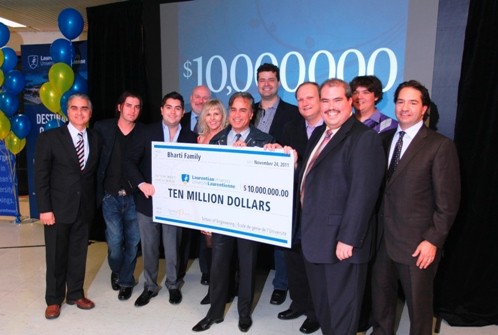The Sudbury Star is the City of Greater Sudbury’s daily newspaper.
According to SAMSSA source, Stan Sudol, the demand for resources in developing
nations, like China, will continue to place upward pressure on commodity prices,
and Canada is the top country in the world for mining project development. It is
estimated that over the next 25 years, we will need to dig out of the ground as
many minerals as has consumed since the beginning of time.
(Stan Sudol, Mining Analysist)
The booming mining sector has the suppliers and service companies scrambling to keep up with the demand and opportunities.
Dick Destefano, Executive Director, Sudbury Area Mining Supply and Service Association (SAMSSA), said the group has switched gears from connecting his members with work to helping them meet the overwhelming demand.
The organization represents the interests of 115 members providing the largest concentration of expertise in mining supply/products and services from within the most recognized centre of excellence worldwide. For the past nine years SAMSSA has been monitoring the mining sector and Destefano predicts that we are not even close to finishing the super cycle.























